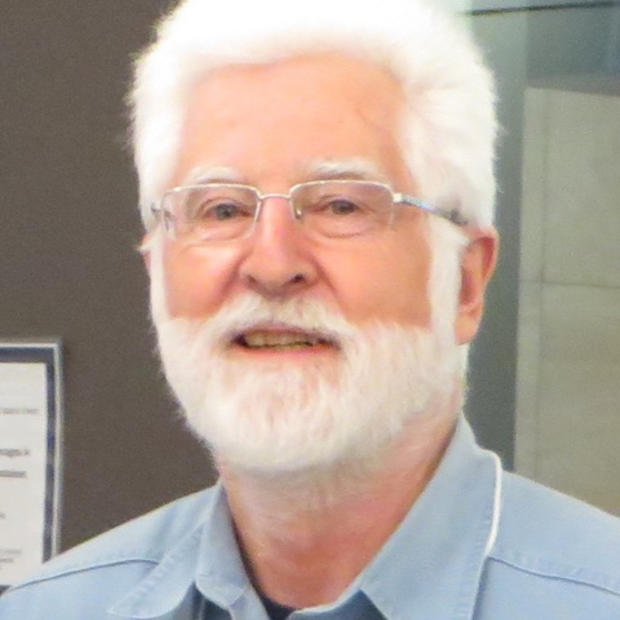Seattle Public Schools enrollment has bottomed out and started to climb. School officials expect enrollment to jump 3,000 students between now and 2015, up from today'ês 46,000 to about 49,000. It could go higher.
And the projections are 'êmid-range,'ê that choice between exuberant and pessimistic made to cushion the prognosticators from error. Not surprisingly, the enrollment predictions, which were developed in connection with the district'ês new assignment plan and shown to the school board over the past couple of months, don'êt venture into the unknown. They'êre based on observed trends in enrollment and data on where public school kids live.
With that conservative approach, the district'ês statisticians can only assume, as they did, that the split between public and private school enrollment remains unchanged, with private schools claiming about a third of middle-class kids, as they have for more than 20 years.
What if that changed? What if the public schools got better — or that became a popular view? What if the new student assignment plan works? In the new plan, where a family lives determines which elementary, middle and high school their children will attend. Parents have been crying out for this kind of predictability for years and often give enrollment uncertainty as a reason for choosing private school. If the new assignment plan, scheduled for school board approval at its Nov. 18 meeting, effectively removes that uncertainty, enrollment growth could exceed the mid-range, maybe hit 50,000 five or six years from now.
Elementary school enrollment bottomed out three years ago. Middle school enrollment bottomed out last year. High school attendance will start upward two years from now as that population boomlet moves through the system. It'ês this growth in elementary enrollment that'ês forcing the district to reopen five previously closed schools. The schools include Sand Point (closed since 1988); Old Hay (Queen Anne) and McDonald (southeast of Green Lake), which will open temporarily next fall in the old Lincoln High School building before moving home in 2011 and 2012, respectively; and Viewlands near Carkeek Park and Rainier View, the city'ês southernmost, both closed in 2007 and reopening in fall 2011.
The two years before the growth spurt hits high school age will give the district time to figure out what to do for more high school space. Among the options under consideration is reopening Lincoln as a high school. For the past dozen years it has served as temporary home for students whose schools were under construction.
But reopening schools may have a downside. Bringing the five elementary schools up to code and providing them with new furniture and today'ês level of technology is expected to cost almost $50 million, most of which would be raised as part of a $270 million Buildings-Technology-Academics (BTA) levy scheduled for a vote in February, according to Kathy Johnson, facilities planning manager. Given the price tag, it'ês likely there will be some backlash from critics who thought the district was too hasty in closing schools in 2007 and again this year.
On the other hand, 'êfamilies in the north end experiencing more and more crowded classrooms will probably be pretty happy'ê to support the levy, said Michael DeBell, school board president.
The other cost of the new assignment plan will be keeping the promise to families that all schools will be good schools and that the de facto neglect of some schools, primarily in south Seattle, will end. At Tuesday'ês school board work session on the attendance area boundaries around schools, Superintendent Maria Goodloe-Johnson and Susan Enfield, the chief academic officer, both promised that group of schools would have more leadership training for principals, more professional development for teachers, and equitable access to materials and technology. But the plans are still in the works and there'ês no price tag yet.



